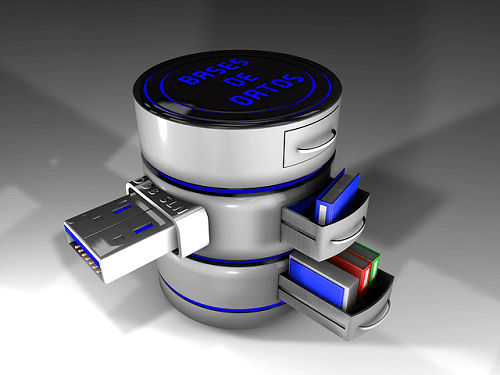In instances where the hard drive partitions are not visible in the Windows 10 File Explorer after a clean installation, the issue may stem from formatting with an incorrect file system.
Checking the disk partitions in the Disk Management utility often reveals unallocated space.
Recovering this unallocated space is still possible, even if you neglected to create a partition during the Windows 10 installation. The process is straightforward.
Similar problems can arise with USB drives, where the created partitions are not visible. Fortunately, USB drives support partitioning just like hard drives, and resolving this visibility issue is achievable by following the steps outlined in this article.
This article provides three methods to address the problem effectively. Let’s explore these methods to ensure proper visibility and utilization of disk partitions on both hard drives and USB drives.
Using Disk Management Utility
In this method, you will use the disk management utility to solve the problem by recovering the unallocated space on the USB drive. Follow the steps below.
- Open the Windows RUN dialog box. You can do this by pressing on windows key + R
- In the RUN dialog box, enter ‘diskmgmt.msc’
- When the disk management utility opens, right-click on the unallocated space behind the USB drive and choose ‘new simple volume’
- Click on ‘next’ when the ‘new simple volume’ wizard opens
- Specify the volume size that you want and then click on ‘next’
- Assign a drive letter and then click on ‘next’
- Format the newly created volume by choosing ‘NTFS’ as the file system enable the option ‘perform quick format’ and click on ‘next’
And you are done. The unallocated space on the USB drive will be recovered for you. Let us look at the next method.
Using AOMEI Partition Assistant
There is a lot of third-party software out there you can use if you do not feel like using the method that has been shown above. One of the best among them is the AOMEI Partition Assistant Standard Edition.
This tool is free and can be used on the Windows operating systems. Follow the steps below to use the AOMEI partition assistant.
- Download the AOMEI tool and install it on your computer. After installation, open it
- You will see the main interface of the tool. Right-click on your USB partition and the choose ‘format partition’ a pop-out window will appear where you will be required to choose either ‘NTFS’ or ‘FAT32’ choose one and click on ’ok’
- Right-click on the existing partition and choose ‘resize partition’ in the next window that appears, drag the slider to the end of the disk
- Now, you will be able to see the partition status and you will also be able to undo what you did as well if you want to. If you are ok with everything so far, then you just click on ’apply to effect the changes you just made
And you are done. This is how you can use the AOMEI tool to recover your unallocated disk space. Now let us look at the final method.
EaseUS Partition Master
This is another free third-party tool that can be used to solve the problem of unallocated space. It is one of the best third-party apps out and has received lots of acclaim.
It can be used on both a USB drive and an SD card. Now, let s look at how you can use this tool to fix the problem on a USB drive.
- Download and install the EaseUS tool on your computer. Now connect your USB device to the computer and open the EaseUS appRight-clickk on your USB partition to erase the data
- Input the tie you want the partition to be wiped and then click on ‘ok’
- The pending operation will be shown to you. Just click on ‘execute operation’ to carry on.
- Right-click on the unallocated space on your USB and choose ‘create’ to make a partition
- Now, enter the size of the partition label, the letter, and the file system, and then click on ‘ok’
- Now click on ‘execute operation’ and then click on ‘apply’
And you are done. The operation will be executed and the unallocated space recovered.
Conclusion
Recovering unallocated space on your USB drive is a straightforward process. The methods outlined above offer user-friendly steps, making it easy for you to choose the one that suits your preferences.
Simply follow the selected method, and you’ll be able to recover and utilize the unallocated space on your USB drive effortlessly. If you encounter any challenges or have further questions, feel free to seek assistance.



